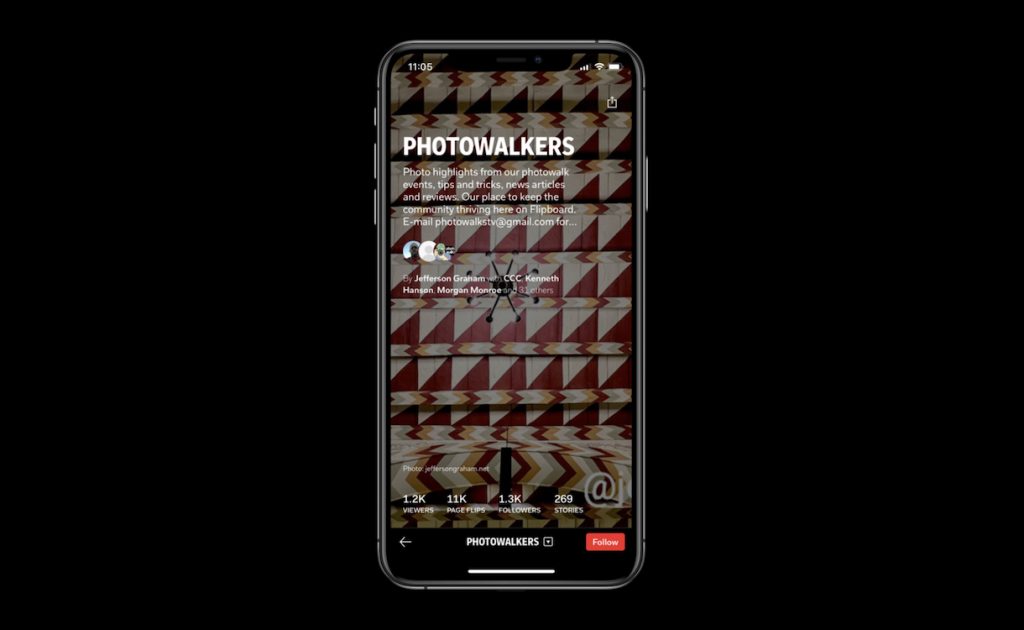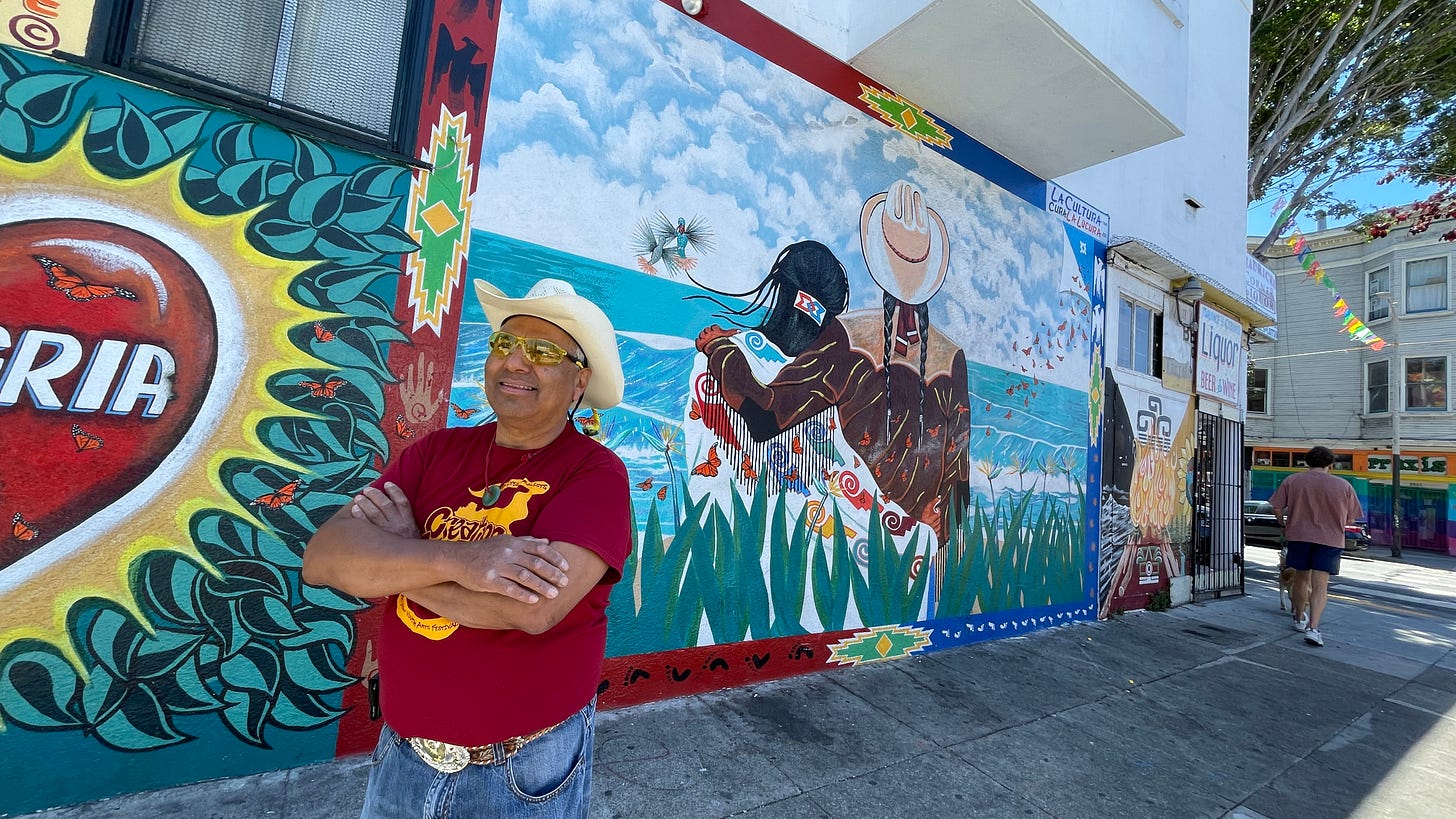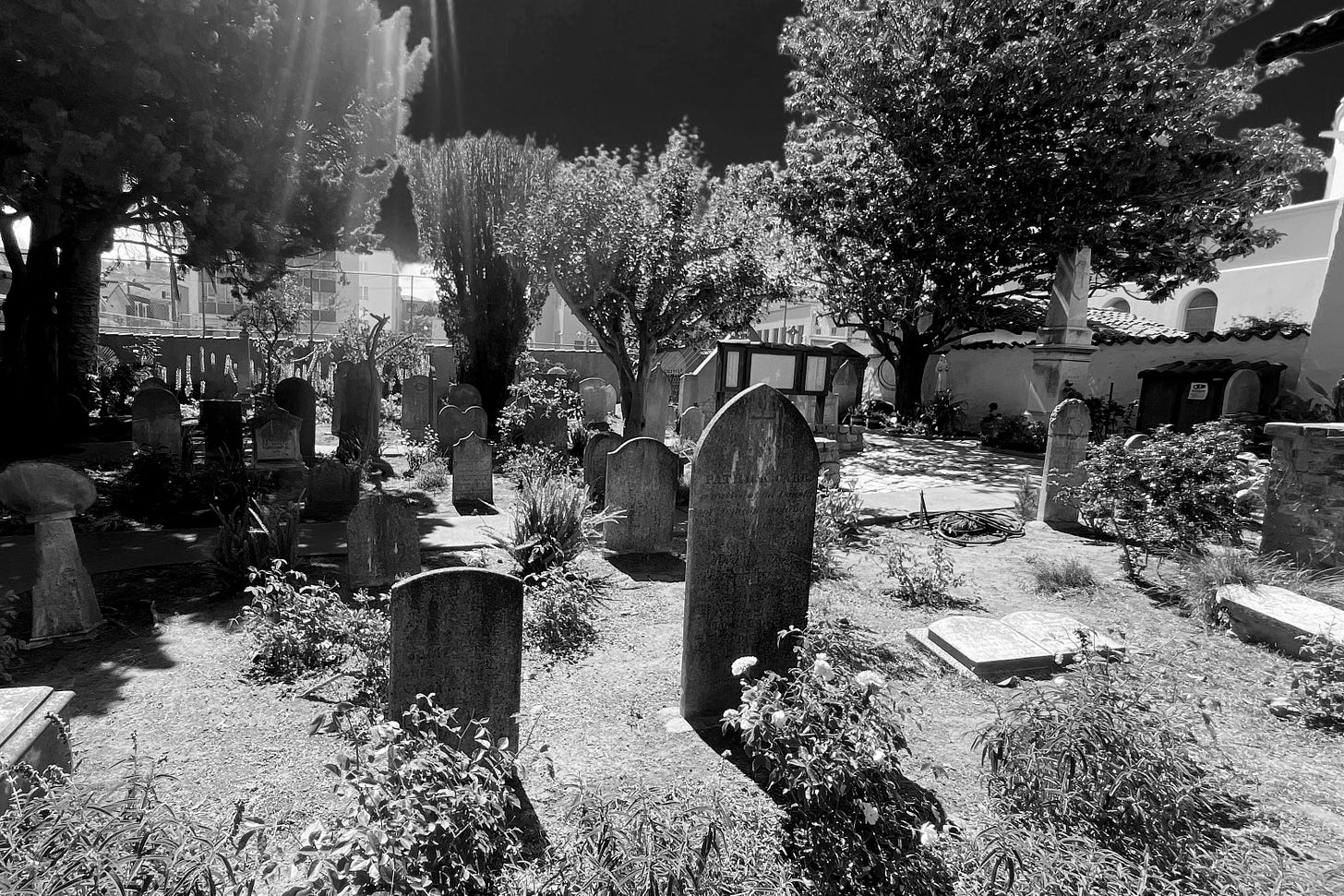
Viewers of the PhotowalksTV series have heard me recently talk about the joy of sharing photos and community in a Flipboard photo magazine. Many have wondered—how exactly does that work, and what’s so cool about it?
Let me take a deep dive here.
When I was growing up, I subscribed to Popular Photography and Modern Photography, the two premiere magazines of the time, chock full of news, gear ads and how-to articles. Sadly, Modern Photo bit the dust way back in 1989 and Pop Photo stopped printing more recently in 2017, but lives on in a new online edition.
Cut to today, and the good news is, I’m now the editor of my own Pop meets Modern Photography magazine. I call it Photowalkers, and invite all like-minded people to join me there.
Whenever I see interesting photo news, how-to pieces or whatever else strikes my fancy, I add it to the magazine. I also upload some of my best photo work, as seen on the PhotowalksTV show, and offer tips on how I got the image.
This week, I offered photo back-up tips that I picked up from Fstoppers, an online photo enthusiast blog, my portrait of the prolific muralist Ernesto Paul, who has 12 of them all over San Francisco’s Mission District and tips on how to refine a black and white portrait. Because there’s more to it than just clicking a B&W button in an app to wipe out the color.

Did you know you could also tweak the shades of reds, yellows, greens and other colors within the black and white image? This is something I used to do in the film era, when I would say, plop a red filter over my lens to make the sky darker, (I had Tri-X black and white film in the camera) or a yellow filter to alter the foliage.

Now, as I show in the magazine, a few tweaks in a free app like Adobe Lightroom Mobile, and you can adjust the hues just like I used to do with glass filters. But the difference now is that you can make the changes selectively, on your phone or computer when editing.
Unlike the Modern and Pop magazines that I devoured as a youth, there is no new Photowalkers edition every month. Instead, like all Flipboard magazines, it updates as often as curator behind it wants it to. In my case, that’s daily. Just like so many other great magazines on Flipboard that follow personal interests.
For myself, posting photos to my magazine along with commentary on how I got the shot, along with things I think are interesting, paints a more well-rounded picture than just slapping a photo onto Twitter or Facebook. I have an ongoing story as opposed to a static image in a never-ending scroll that shows everything an algorithm thinks I want to see.
And when it works, I’m also seeing photos in the magazine from my friends and the community being built on Flipboard. This is inspirational, because as I’ve found out when I lead live photowalk sessions, no two people see the world the same way. That’s the beauty of photography. The magazine enables us to have a better conversation about the work, without the noise and vitriol of social media.
Also read How to add photos to our Flipboard Photowalkers Group Magazine to learn how photo sharing to our group Magazine.
I’d love to see your photos in the magazine and encourage you to join me there, but here’s the deal—you need an invite first. But I happen to know just the person who can arrange for that. Write photowalkstv@gmail.com and I’ll get right back to you.
— Jefferson Graham is curating Photowalkers group magazine
Jefferson Graham is a Los Angeles writer-photographer, host of the “PhotowalksTV” travel photography series, co-hosts the iPhone Photo Show podcast and pens the popular PhotowalksTV newsletter on Substack. A former USA TODAY columnist, he has several magazines on Flipboard curating his interests in photography and technology, most notably the “Photowalkers” magazine, which offers tips and tricks on smartphone photography, as well as favorite snaps from his travels.

